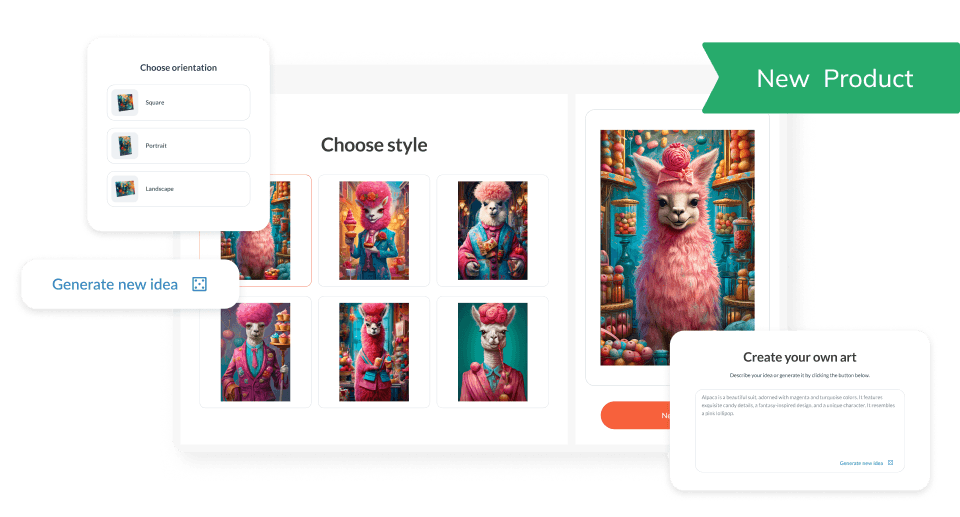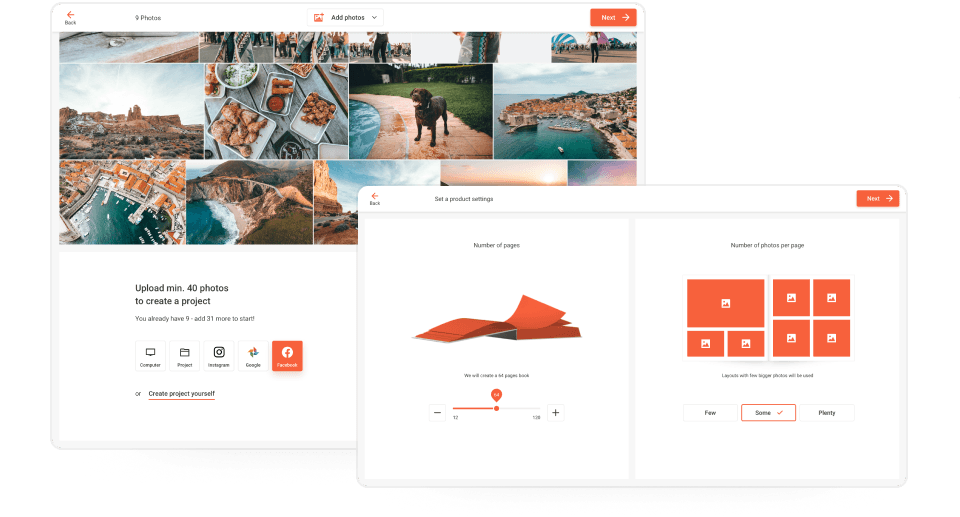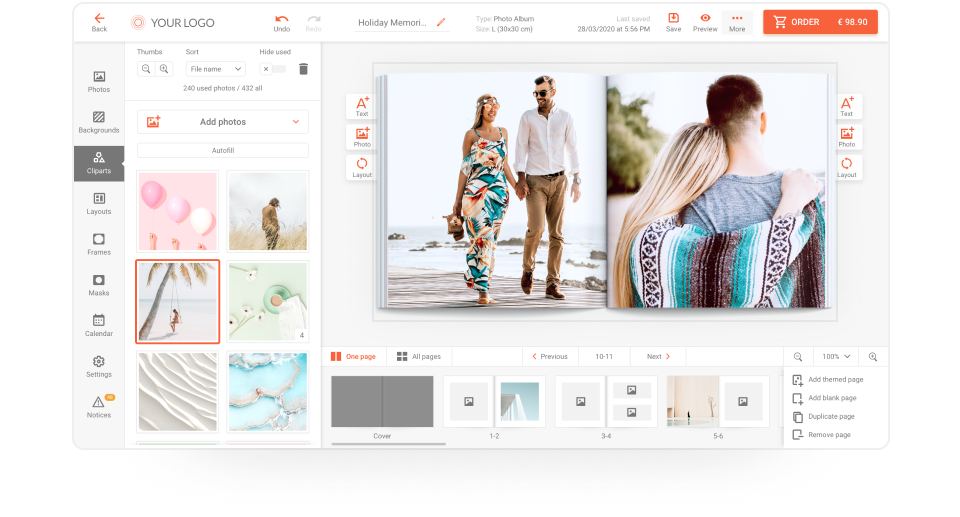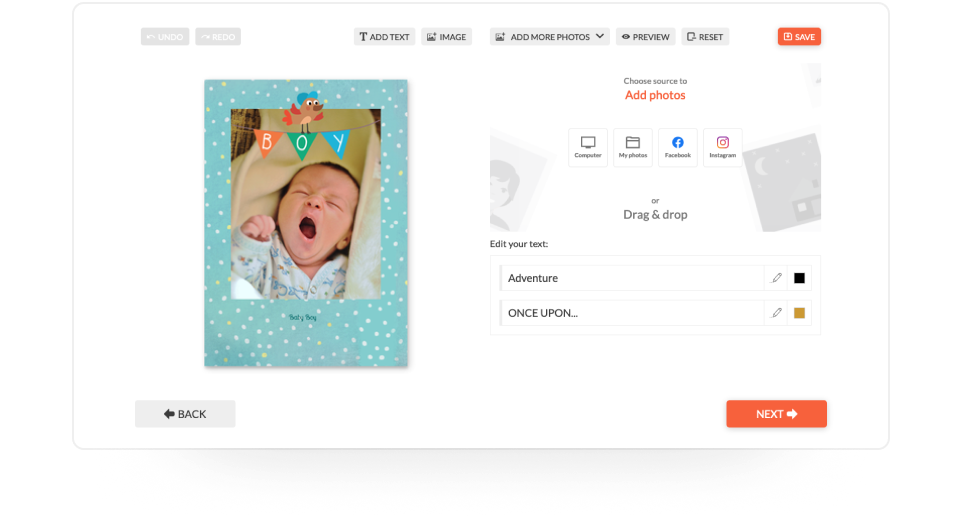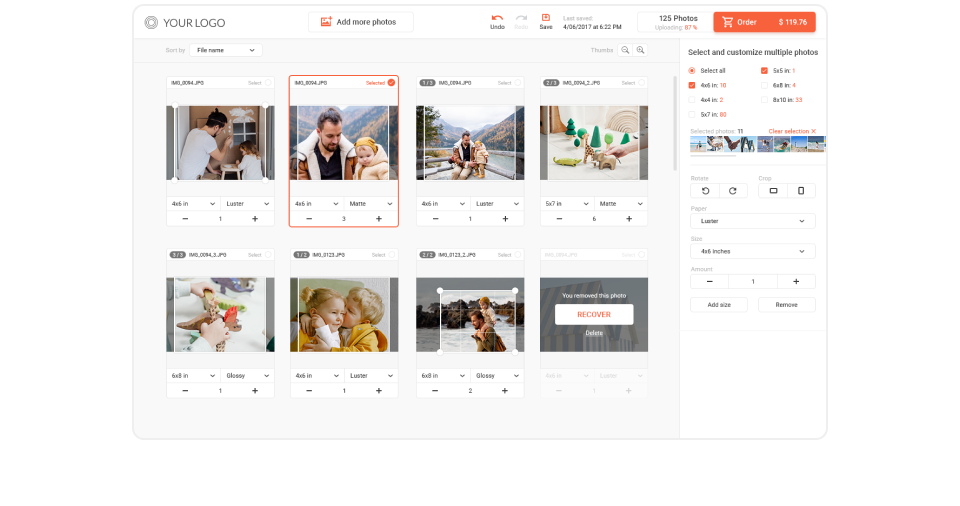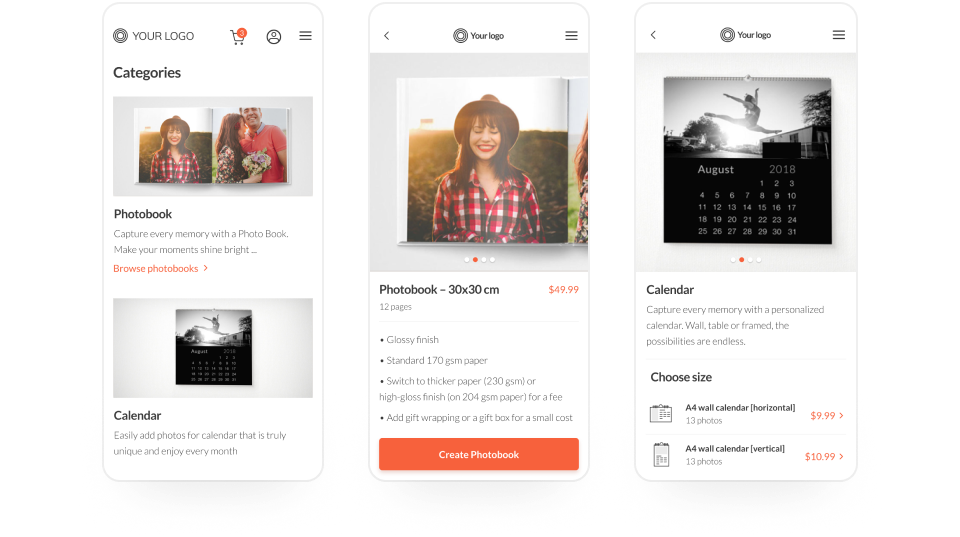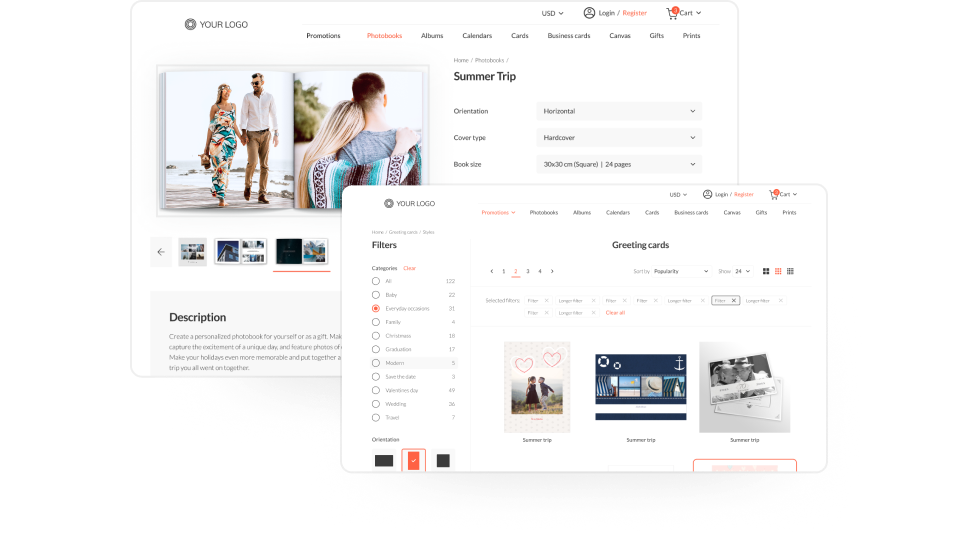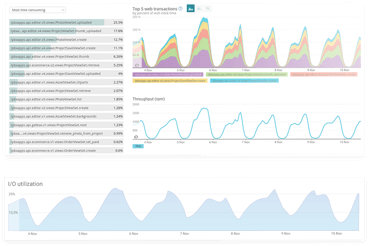Crafting the perfect marketing strategy doesn’t happen overnight. It often involves plenty of trials and errors. Yet this is a vital part of the process, as long as you are able to identify what you are doing wrong and consequently fix it. In this article, we present the 5 most common mistakes made when marketing photo products – are you guilty of any of them?
Before we jump into the top 5, it’s worth mentioning that, unfortunately, the most common mistake most companies make is simply not investing in marketing itself. Businesses often assume that a product’s quality will simply sell itself – but this isn’t true.
When you consider the high amount of competition in most industries – something that is certainly true for photo products – it’s clear that you need to do what you can to get noticed. This means more than just investing in marketing. It means investing in the correct methods.
So, with that out of the way, what are the most common marketing mistakes? Avoid these 5 errors and you’ll save both time and money.
Not Showing Your Products
People like to know what they are buying and, as they say, the first taste is always with the eye. Given that photo products have a high visual aspect, you can’t hide behind stock photos. These are rarely 100% accurate and will never fully depict what you’re offering. They can also be used by other companies, so you lose any chance to stand out.
Instead, keep your promotions highly visible, showcasing your products with unique, original imagery. If you don’t, you risk losing potential customers to your competitors that are already doing this.
Relying On Just One Source Of Traffic
When you look at the data, there’s a strong chance you’re getting most of your traffic from one particular source. This could be organic, paid search, social media or any other source. What’s important is that you don’t solely focus on this one area, as the other traffic streams are just as important.
For example, you should consider that Google often changes its search algorithms on a frequent basis. It’s possible that, one day, what previously worked for your website is no longer inline with the current programme and your site lost its top 10 position in Google’s search results. If you were relying solely on organic search, this would be a problem. However, if you also had Adwords, you would still have other sources of traffic to support your store.
This argument isn’t just limited to Google, either. You can generate business through Facebook ads and other advertising options, such as mailing older customers about new updates or offers.
Having different sources ensures your websites well being if one traffic stream drops. In other words, don’t put all your eggs in one basket.
Treating All Customers The Same (And Selling Everything To Everyone)
Trying to sell to everyone is a common mistake made by numerous e-commerce owners. Not only should your products be personalized, marketing itself also serves to provide additional personalization.
Your customers are not all the same. Photo products, for example, are popular with women and parents of young children, but they are also appreciated by professional and hobbyist photographers. They may enjoy the same product, but their reasons are completely different.
It’s this personal factor that needs to come across in your marketing. As Jen Bergen at Rapt Media states,
63% of consumers said they’d think more positively of a brand if it gave them content that was more valuable, interesting or relevant.
So, instead of running large, general campaigns that target wide groups, such as an entire country, work on smaller campaigns through Facebook and Adwords. By providing specialised content for each, your ads will better resonate with different parts of your larger audience.
Not Using Retargeting
Research strongly suggests that most people are likely to buy further photo products if they’ve made a purchase in the past.
This is supported by the likes of InfoTrends, who strongly state that their
research has consistently shown that once someone buys photo merchandise, there’s a very good likelihood that they will buy again.
So, how do you ensure these customers return to your store for a second purchase? That’s simple: via retargeting.
Yet some companies either aren’t aware of this, or make a big mistake of ignoring it. Don’t just advertise to potential customers: use retargeting to focus on previous buyers. Photo products are not something people buy on an everyday basis and they may take many months before they require another item. Retargeting, through the likes of Facebook and Display Ads, serves to re-familiarise these customers with your brand.
Ignoring The Competition
Whatever industry or market you are in, you are likely facing some strong competition. Yet many businesses choose to do nothing about this, despite there being some very compelling reasons to better understand what your competitors are doing with their own marketing budgets.
For a start, you can learn from their successes, as well as their mistakes, and gain inspiration. So, how should you approach this? You have a few options:
-
Keep track of their marketing activities. There are some great tools for monitoring your rivals, but they can often prove expensive. These are used by most marketing agencies to offer competitive analysis and insight. However, if you want to preserve your budget, you can use some free options. Facebook, for example, makes it easy to follow your competitors and see which posts perform the best. You can then use this information to tailor your own social media strategies.
-
Speaking of social media, you can read the various reviews and posts left by your rival’s customers. This can tell you if they have any problems in their service, or if something about their business stands out to their customers. This can give you some strong tips on how to improve your own offers and out-perform them.
-
Take a direct look at their ads. Try using tools such as AdEspresso to view your competition’s previous ads. This can prove a great source of inspiration. As for Adwords, you can easily find and view their ads by searching for the relevant phrases related to your business.
So, there you go: 5 simple mistakes you can now avoid. These are all easy to do, yet can prove to be fatal mistakes if you ignore them for too long!


